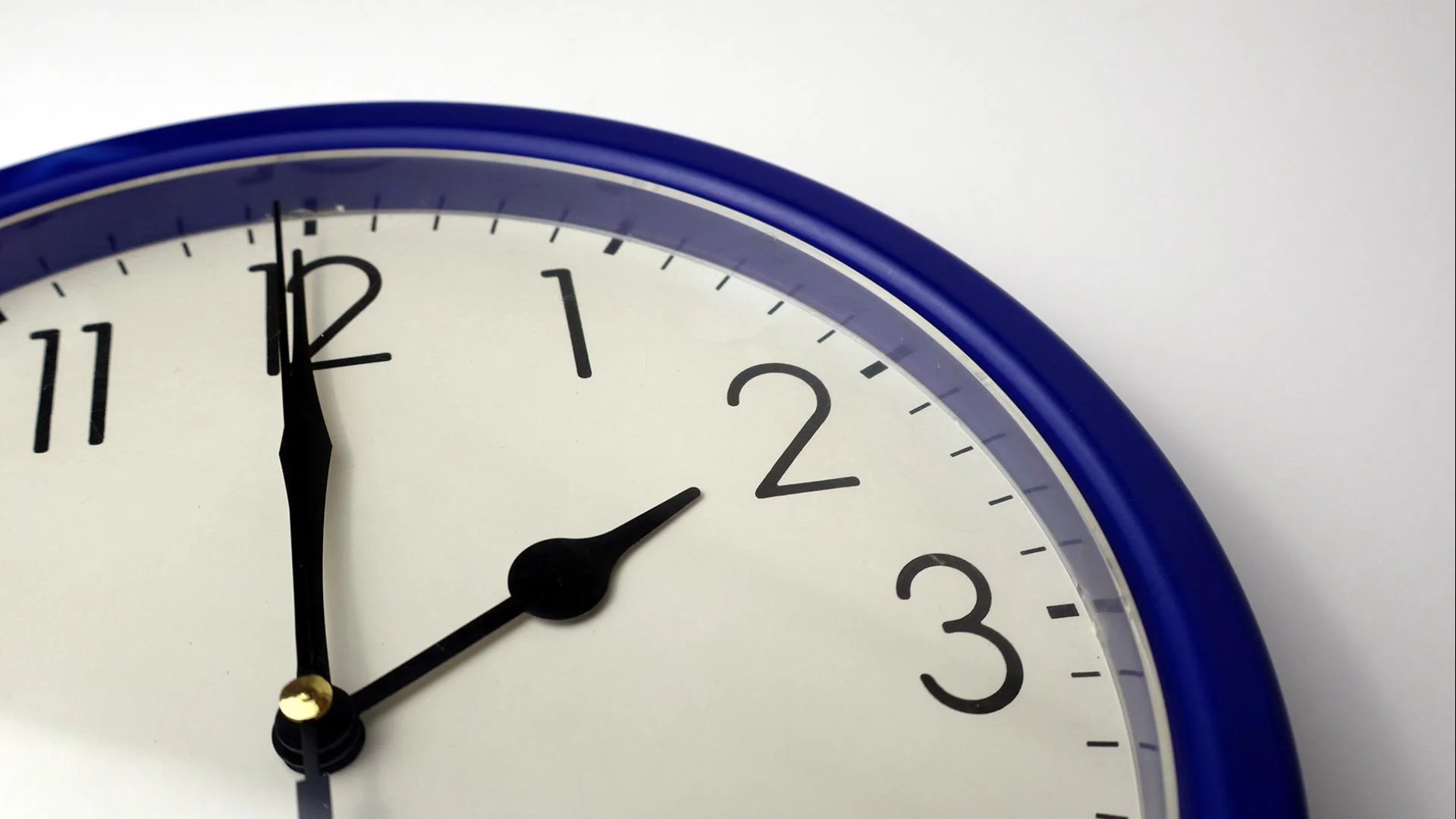You’re losing time right now. Not in some philosophical sense—literally losing it, minute by minute, due to how we measure time itself.
Here’s the thing nobody talks about: our clocks are lying to us.
The Problem With Perfect Time
A solar day (noon to noon based on the sun’s position) isn’t exactly 24 hours. It varies throughout the year—sometimes 24 hours and 30 seconds, sometimes 23 hours and 59 minutes and 39 seconds. The difference seems tiny, but it adds up.
If we kept perfect atomic time all year, our clocks would gradually drift from the sun. By December, noon on your clock might happen when the sun is at 11:45 AM position in the sky.
So we cheat.
The Secret Adjustment
Timekeepers around the world add “leap seconds” to keep our clocks aligned with Earth’s rotation. Since 1972, we’ve added 37 leap seconds. That’s 37 seconds of extra time inserted into specific minutes, making them 61 seconds long instead of 60.
Most people never notice. Your phone, computer, and GPS automatically handle the adjustment. But somewhere in a database, December 31st at 23:59:60 UTC actually exists.
Why This Matters (More Than You Think)
For software developers: Leap seconds have crashed trading systems, caused network outages, and broken databases that couldn’t handle timestamps jumping backward.
For GPS systems: Without constant time corrections, your GPS would be off by miles within hours.
For financial markets: High-frequency trading relies on microsecond precision. A leap second can cause chaos when systems disagree about what time it actually is.
For space missions: When you’re navigating between planets, being off by a second means missing your target by thousands of miles.
The Great Leap Second Debate
Some countries want to eliminate leap seconds entirely. Let the clocks drift from the sun, they argue—who cares if noon happens at 11:47 AM in the year 2100?
Others say astronomical time matters. Sailors, astronomers, and anyone who needs to align with natural cycles would be affected.
The compromise? In 2035, we might stop adding leap seconds and let our clocks slowly drift for 100+ years, then make a single big adjustment—like a “leap hour.”
Time Zones Are Even Weirder
Think leap seconds are confusing? Some countries have changed time zones multiple times in recent decades:
- Russia spans 11 time zones but has changed its system four times since 2010
- North Korea briefly created its own time zone in 2015, then switched back
- Nepal uses UTC+5:45—not even a full hour offset
- Venezuela used UTC-4:30 for several years before switching back to UTC-4
Getting Your Time Back
So how do you “get back” that lost time? You probably can’t recover the leap seconds (they’re built into the system), but you can reclaim time in other ways:
Stop manually calculating time zones. Use tools that handle the complexity for you. Mental timezone math is where errors creep in.
Automate recurring time calculations. If you’re regularly figuring out project timelines or scheduling across zones, templates save hours per month.
Understand your local time quirks. Does your area observe daylight saving time? When do the changes happen? Mark these dates so you’re not surprised.
The Bottom Line
Time isn’t as simple as it looks on your clock face. We’re constantly adjusting, correcting, and compromising to keep our human schedules aligned with cosmic reality.
The good news? Understanding these quirks makes you better at managing time, not worse. When you know the system has built-in complexity, you stop fighting it and start working with it.
Next time someone complains about losing an hour to daylight saving time, remind them we’ve actually lost 37 seconds to leap seconds since 1972. Time isn’t fair—but at least now you know why.

